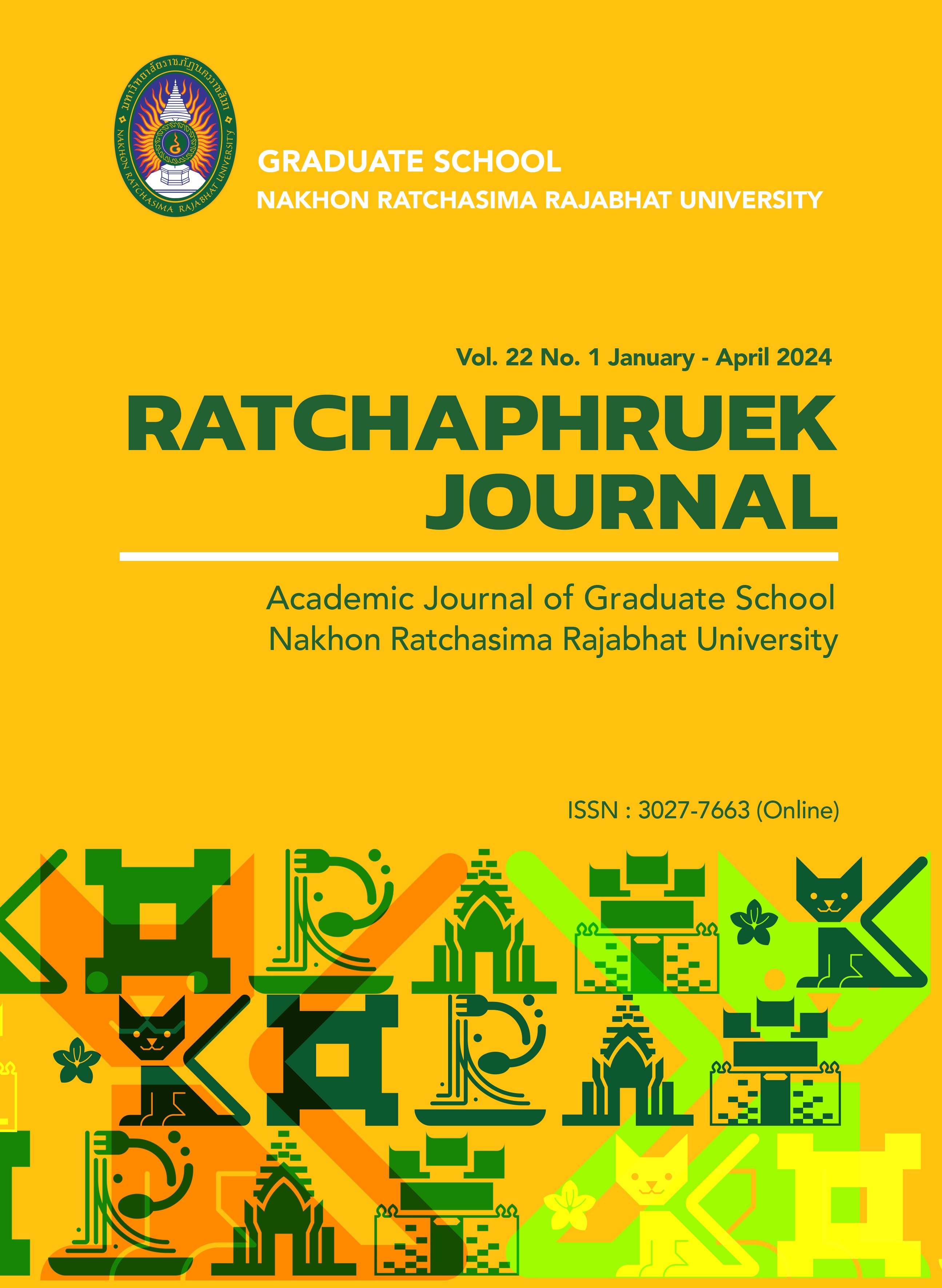Needs of Urban Community Welfare for the Elderly to Sustainable Development in An Active Ageing Society: Case Study of Flat Sirisat Keha Sriyan Community in Dusit District, Bangkok and Talad Noi Community in Samphantawong District, Bangkok
Main Article Content
Abstract
The objectives of this qualitative research article were: 1) To study the needs of the elderly according to urban community welfare; 2) To study the model of the urban community welfare for the elderly, which is appropriate to the context of the potential aging society in urban communities; and 3) To study mechanisms and processes in managing urban community welfare for the elderly, leading to a potential and sustainable aging society. This research is qualitative, and has 2 main groups of informants: 1) a group of leaders of both communities were 12 people. 2) a group of the elderly in both communities were 28 people, totaling 40 people. The research too[s were studying documents, observation, in-depth interviews, and focus group.
The results of this research found that: 1) The needs of the elderly regarding urban community welfare for the elderly consist of the needs of public health, Physical and Mental health, Recreation, Environment and Infrastructure, and Financial and Income. 2) Four models of urban community welfare for the elderly were Public health, Recreation, Trade and Income, Environment, and Infrastructure. 3) Mechanisms and processes in managing urban community welfare for the elderly that the case studies of both communities use altogether such as Community activities on the important days, community and volunteer leaders, and The Network of relationships both inside and outside the community.
Article Details

This work is licensed under a Creative Commons Attribution-NonCommercial-NoDerivatives 4.0 International License.
References
พายุ นาวาคูระ. (2564). แนวทางการพัฒนาอาชีพสำหรับผู้สูงอายุของบ้านหนองบ่อ ตำบลหนองบ่อ อำเภอเมืองอุบลราชธานี จังหวัดอุบลราชธานี, วารสารมนุษย์สังคมสาร, 19(3), น. 21-42.
มูลนิธิสถาบันวิจัยและพัฒนาผู้สูงอายุไทย. (2554). สถานการณ์ผู้สูงอายุไทย พ.ศ.2554. กรุงเทพฯ: พงษ์พาณิชย์เจริญผล.
มูลนิธิสถาบันวิจัยและพัฒนาผู้สูงอายุไทย. (2563). สถานการณ์ผู้สูงอายุไทย พ.ศ.2563. กรุงเทพฯ: อัมรินทร์พริ้นติ้ง แอนด์พับลิซซิ่ง.
ยุทธนา แยบคาย และปราโมทย์ วงศ์สวัสดิ์. (2563). การปฏิบัติงานตามบทบาทหน้าที่สำคัญของอาสาสมัครสาธารณสุขประจำหมู่บ้าน. วารสารวิทยาลัยพยาบาลพระปกเกล้า จันทบุรี, 31(2), น. 269-279.
วสันต์ ปวนปันวงศ์. (2565). แนวคิดอารยสถาปัตย์: นโยบายและแนวทางการพัฒนาคุณภาพชีวิตของผู้สูงอายุอย่างมีส่วนร่วมของชุมชน กรณีศึกษาเทศบาลเมืองอรัญญิก จังหวัดพิษณุโลก. วารสารวิทยาลัยสงฆ์นครลำปาง, 11(3), น. 162-180.
สังวาล จ่างโพธิ์. (2564). การพัฒนารูปแบบการดูแลสุขภาพผู้สูงอายุโดยชุมชนมีส่วนร่วม ตำบล บ้านโพธิ์ อำเภอเมือง จังหวัดนครราชสีมา. วารสารวิจัยและพัฒนาสุขภาพ สำนักงานสาธารณสุขจังหวัดนครราชสีมา, 7(2), น. 165-183.
สิริยา รัตนช่วย. (2565). กระบวนการจัดการความรู้ในงานพัฒนาชุมชน. กรุงเทพฯ: สำนักพิมพ์มหาวิทยาลัยธรรมศาสตร์.
แสน กีรตินวนันท์ และเพชร รอดอารีย์. (2562). กลไกการสร้างความเข้มแข็งและความต้องการทางด้านสวัสดิการชุมชนเมืองสำหรับผู้สูงอายุ, วารสารวิชาการมหาวิทยาลัยราชภัฏอุตรดิตถ์ สาขาวิชาวิทยาศาสตร์และเทคโนโลยี (เพื่อการพัฒนาท้องถิ่น), 14(2), น. 103-120.
อำพล ชะโยมชัย, ปิยะวัน เพชรหมี, วิไลลักษณ์ ตรีเมฆ และจรินทร์ สารทอง. (2564). นันทนาการในคนไทยสูงอายุ: การสนับสนุน แรงจูงใจ ความพึงพอใจ และมุมมอง ด้านประโยชน์ของกิจกรรมนันทนาการ. วารสารมนุษย์ศาสตร์และสังคมศาสตร์ มหาวิทยาลัยราชพฤกษ์, 6(3), น. 177–193.
Singh, B, & Kiran, U. V. (2014). Recreational activities for senior citizens. IOSR Journal of Humanities and Social Science, 19(4), pp. 24-30.
World Health Organization. (2002). Active Aging, A Policy Framework. Geneva: Author.


